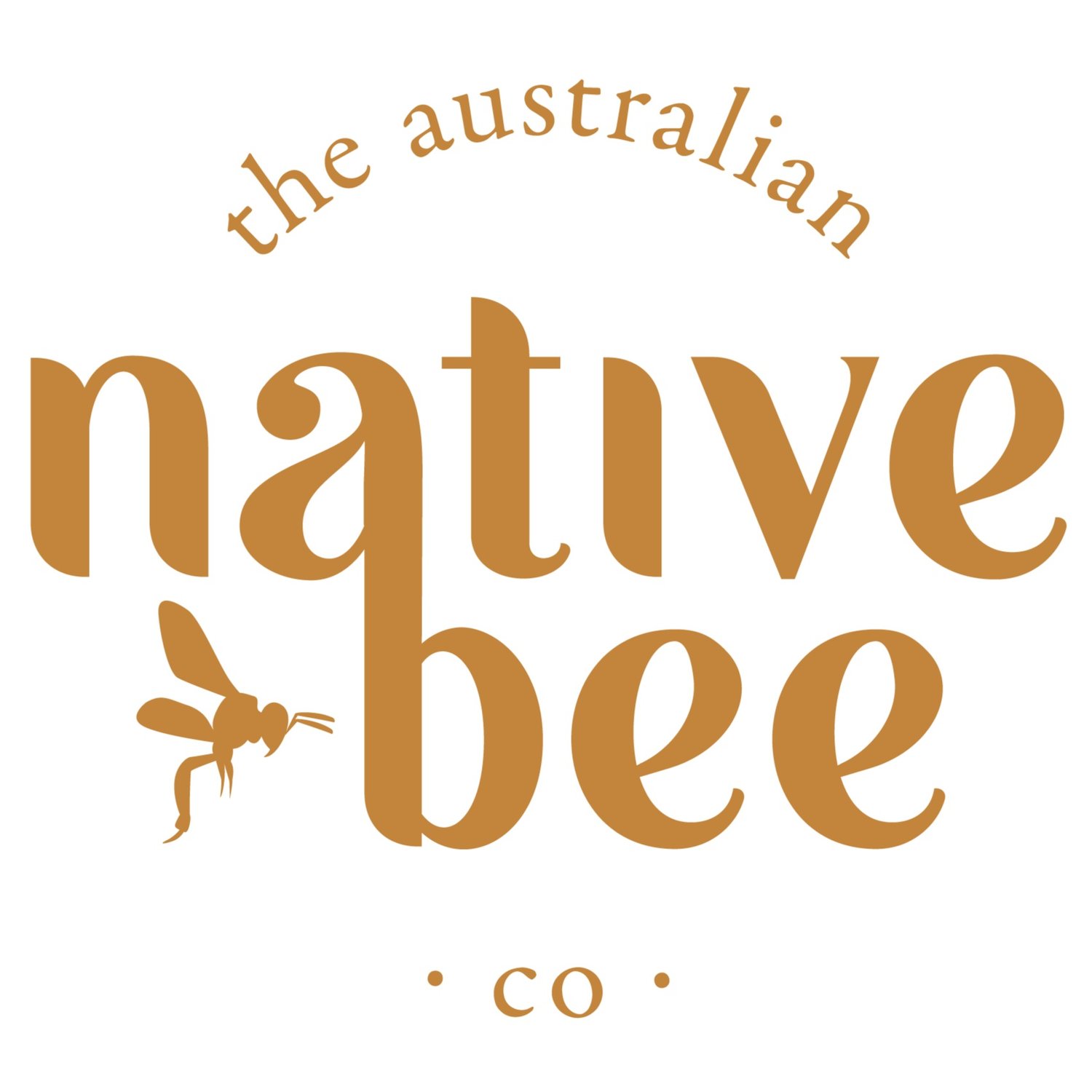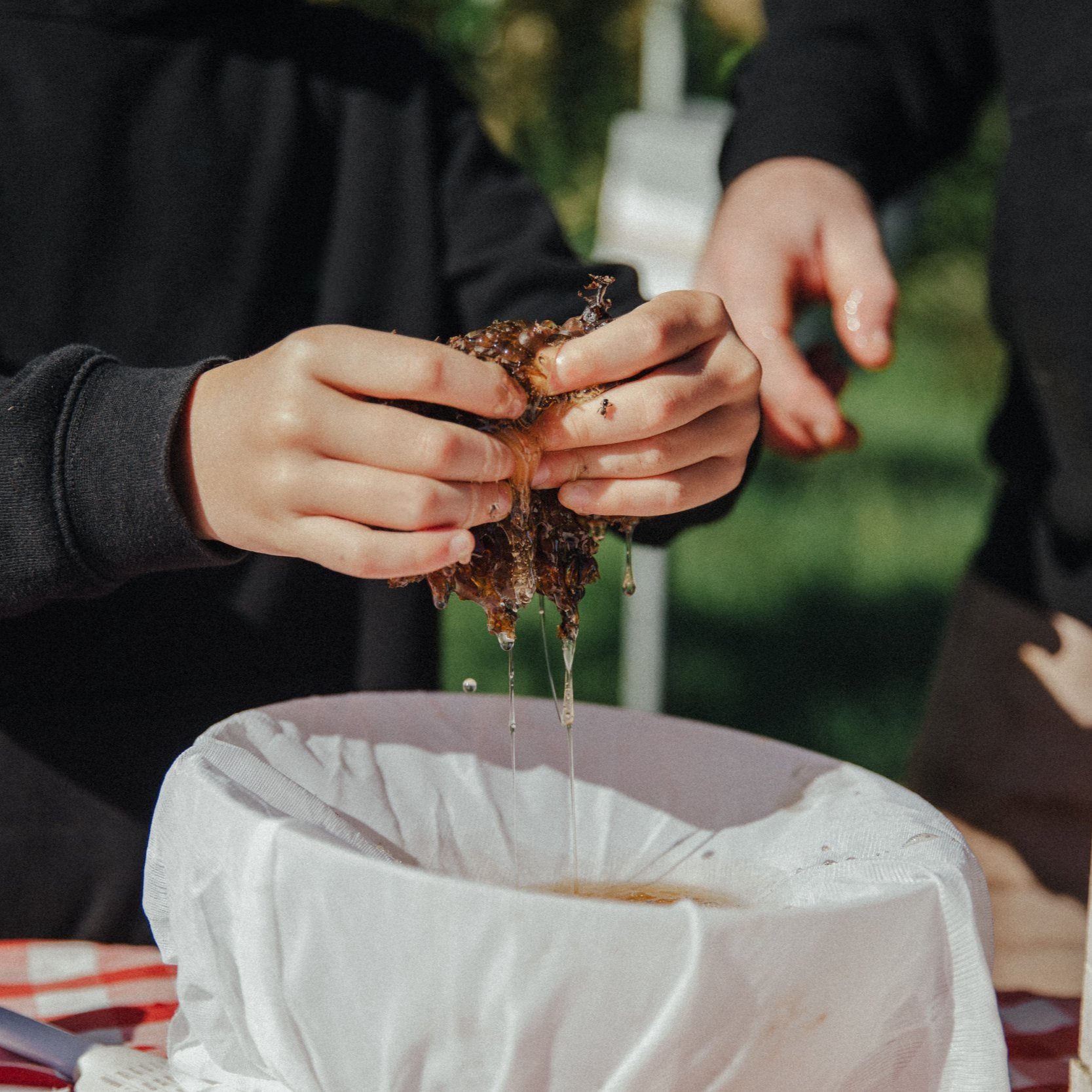Getting started
Native bees are great for everyone! Being stingless they are safe for people with anaphylaxis, they make great pets as they are relatively easy to care for and they produce an amazing product "Native bee honey" which has to be tasted to understand how good it is.
The beekeeping process
Maintain
your hive
For optimal production and bee health
Harvest honey
or split hive
For greater productivity
Install in your garden
(DIY or professional)
Buy a
stocked hive
Fully established
Buy a stocked hive
Stocked hives come with a mature laying queen, a population of worker bees and adequate food stores for the colony. The material used for construction is a plastic wood composite which is weather and heat resistant. A tin lid is also provided for extra protection from the elements. The hive can be mounted on a star picket or bracket by using the bracket at the rear of the hive.
Install in your garden
(DIY or professional available)
When installing at your home it is important to consider the weather conditions. It is best to take the 'goldie locks' approach: Not too hot, not too cold, just right. Where possible face the entrance of the hive to the NE. They should have shade in the summer and more sun in the winter. The hives can be mounted on a star picket or a bracket.
Maintain your hive
Maintenance of your hive helps to keep the bee population strong. At regular intervals (once a month) take a brush, remove the lid and wipe cobwebs away from beneath the lid and around the hive. Weighing the hive will give you a good idea if the hive is increasing in strength or decreasing in strength. Northern Rivers locals can utilise our hive maintenance service.
Harvest honey and/or split hive
When the bees have filled the honey super in the spring/summer time it may be ready to split or harvest honey. We have a splitting/harvesting service available for locals. Contact us to arrange a time.













